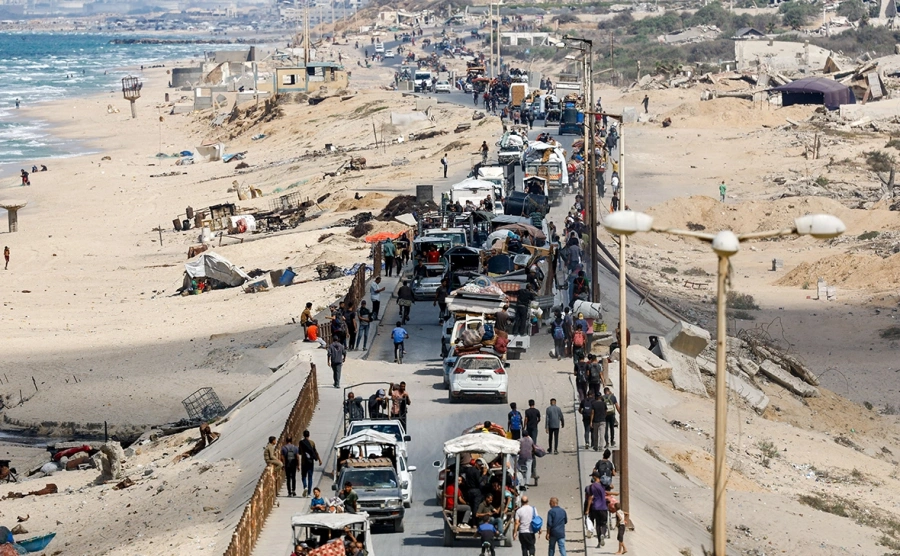Ahead of his visit to Israel today, U.S. President Donald Trump made several public statements about the Middle East peace process. Among them, he connected the June strikes on Iran’s nuclear facilities to the current diplomatic breakthrough in the Gaza Strip.
If we [the United States] hadn’t destroyed Iran’s nuclear site and then made the same deal, there would’ve been a very dark cloud hanging over it – and people wouldn’t be dancing in the streets.
From Trump’s perspective, the logic is simple: the U.S. strike on Iran’s key infrastructure forced Tehran to “focus on itself” and shift attention away from Gaza. This, in turn, gave Israel a tactical advantage, allowing it to move further into the Palestinian enclave (including as part of Operation Gideon’s Chariots II).
In reality, however, the situation is much more complex. The attack on Iranian territory undoubtedly had an impact – Tehran had to prioritize its own national security and domestic stability. But no real distancing from Gaza happened: other groups within the pro-Iranian “Axis of Resistance” not only maintained their solidarity with Palestinians but actually intensified their actions.
At the same time, the strike on Iran damaged American credibility – convincing Hamas to accept a ceasefire “on Washington’s word of honor” proved difficult, especially after September 2025, when Israel attacked Qatar, bypassing U.S. guarantees given to Hamas’s political bureau representatives. As a result, negative perceptions of U.S. assurances grew rather than faded.
Some may argue that Hamas chose not to test how far Washington would go to enforce a ceasefire and agreed to the peace terms before Trump’s announced ultimatum expired – even agreeing to voluntary disarmament. But even here, there are caveats: during the talks on Gaza’s long-term reconstruction (the so-called “Peace Summit” in Sharm el-Sheikh), Hamas representatives were absent; instead, Arab mediators are to sign the agreement with Israel. Likewise, reports of Hamas’s willingness to disarm come only from Trump’s statements.
In essence, most of the “victorious agreements” Trump has announced are still preliminary. The suggested link between the current Gaza breakthroughs and June’s “Midnight Hammer” operation is weak at best. Still, such narratives appeal to domestic audiences, where Trump aims to portray himself as a peacemaker.
And judging by reactions on American social media, the strategy seems to be working – at least for now.
Keywords: Nuclear Non-Proliferation; Iran; JCPOA
NPT
E16/SHAH – 25/10/14


